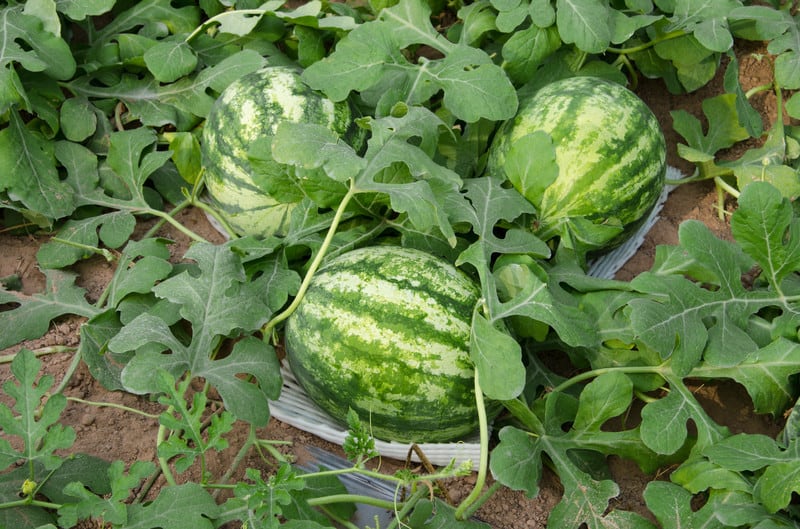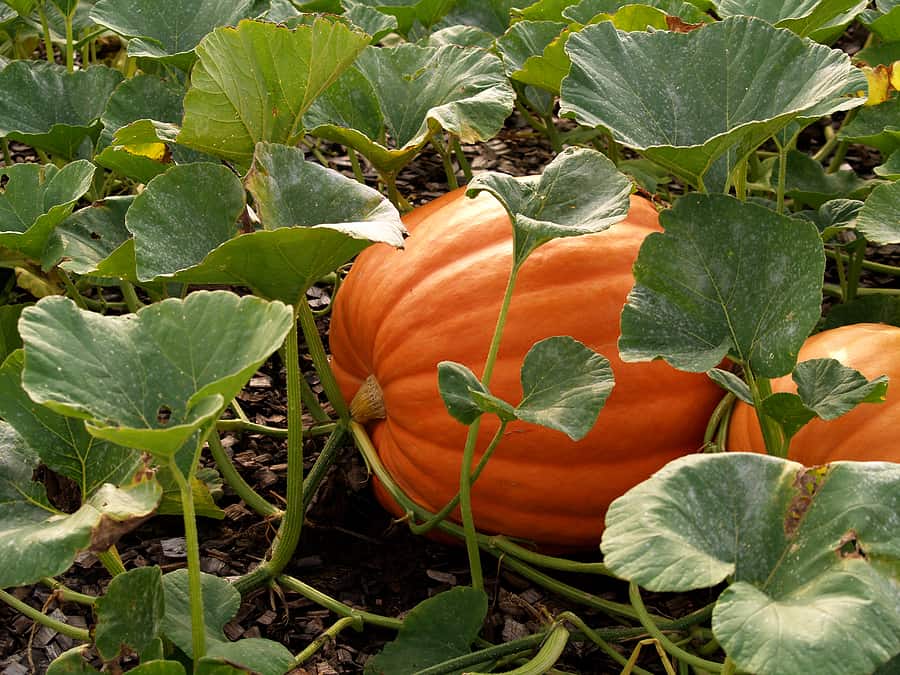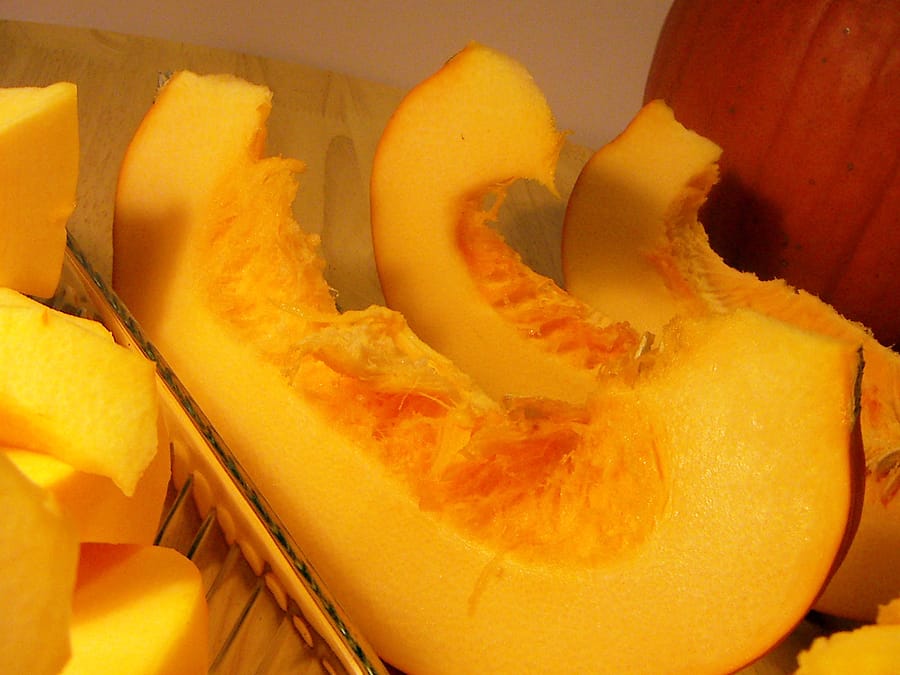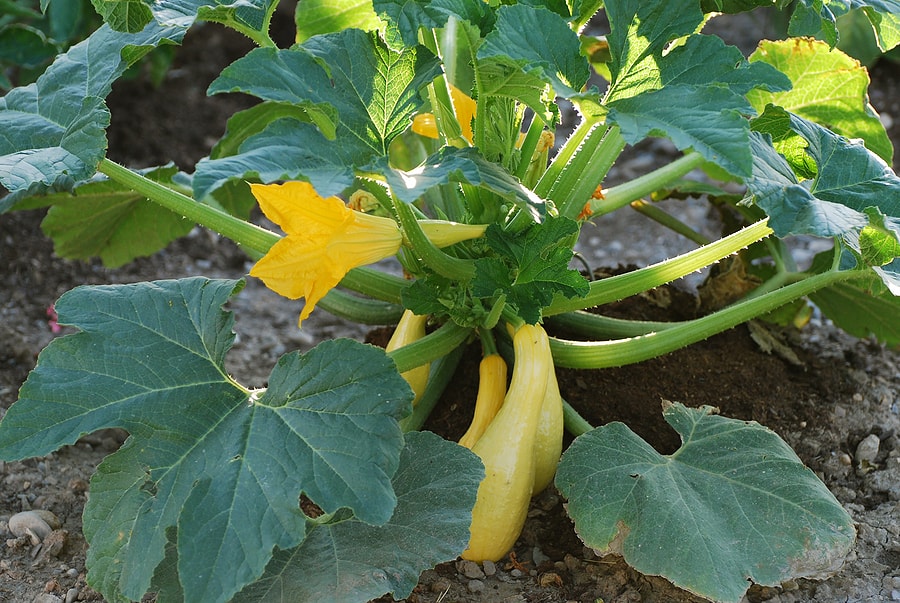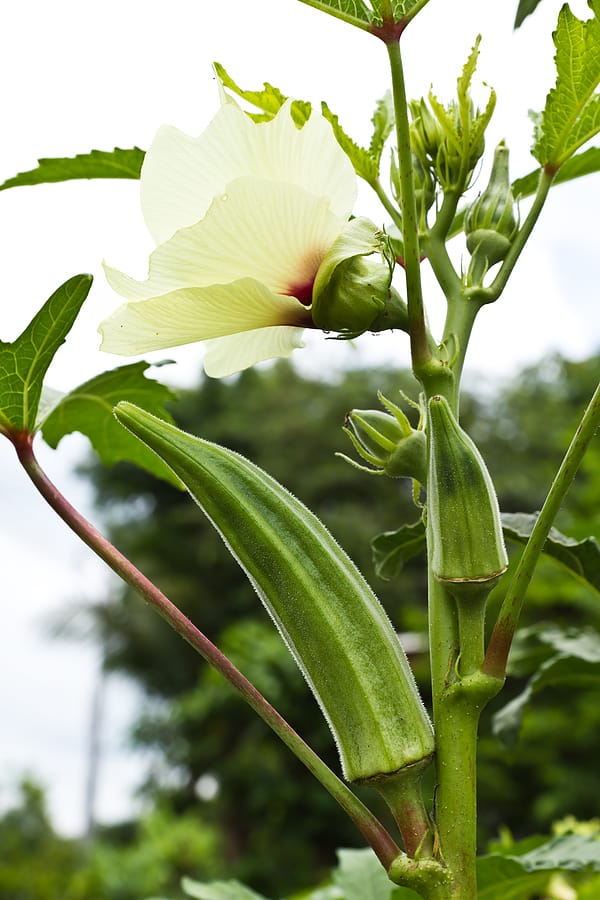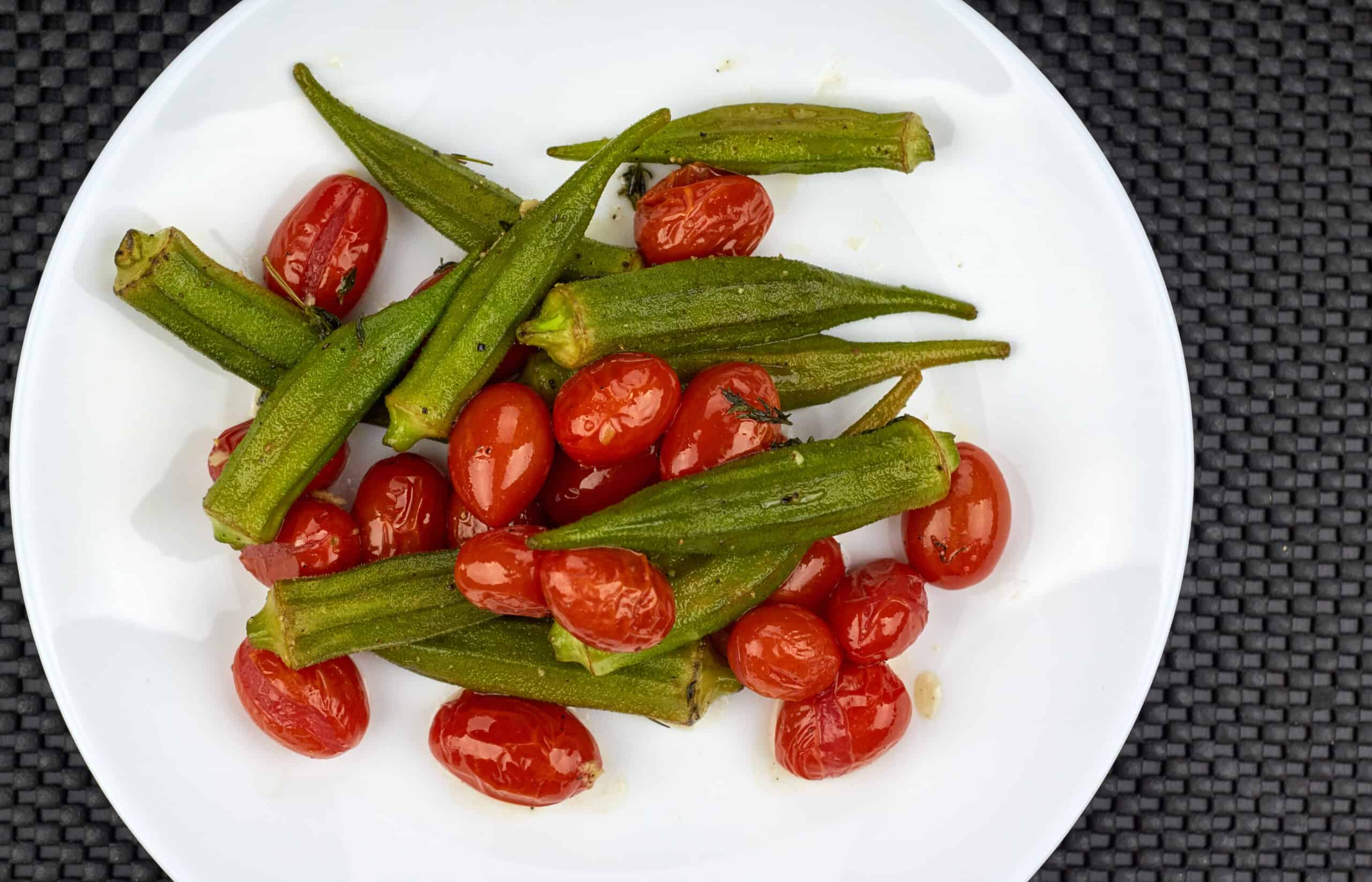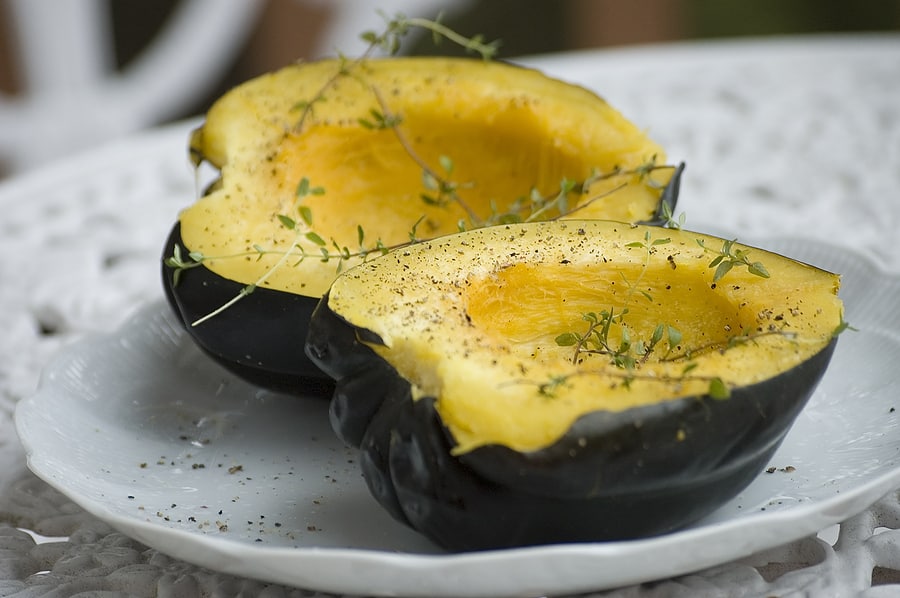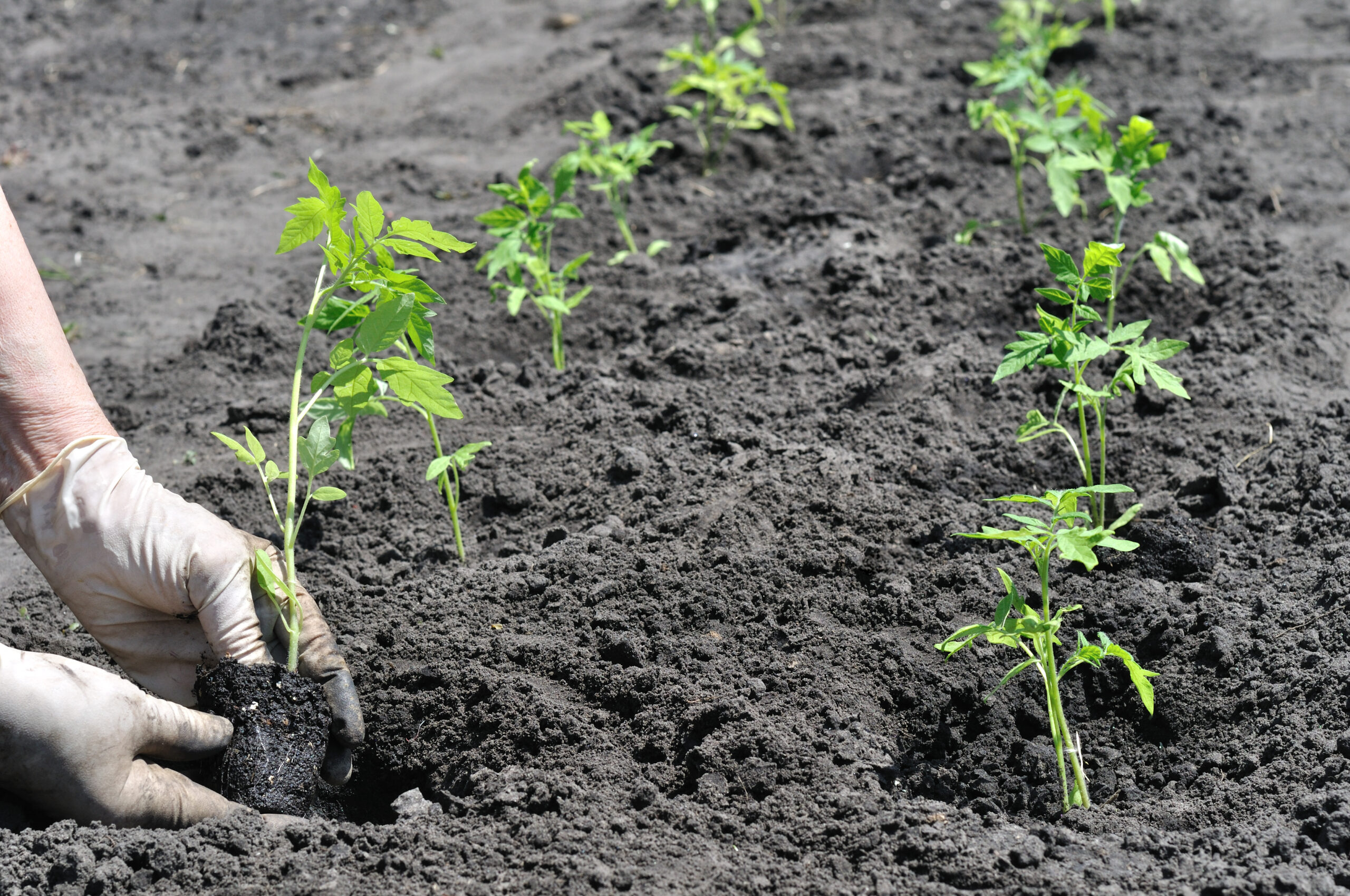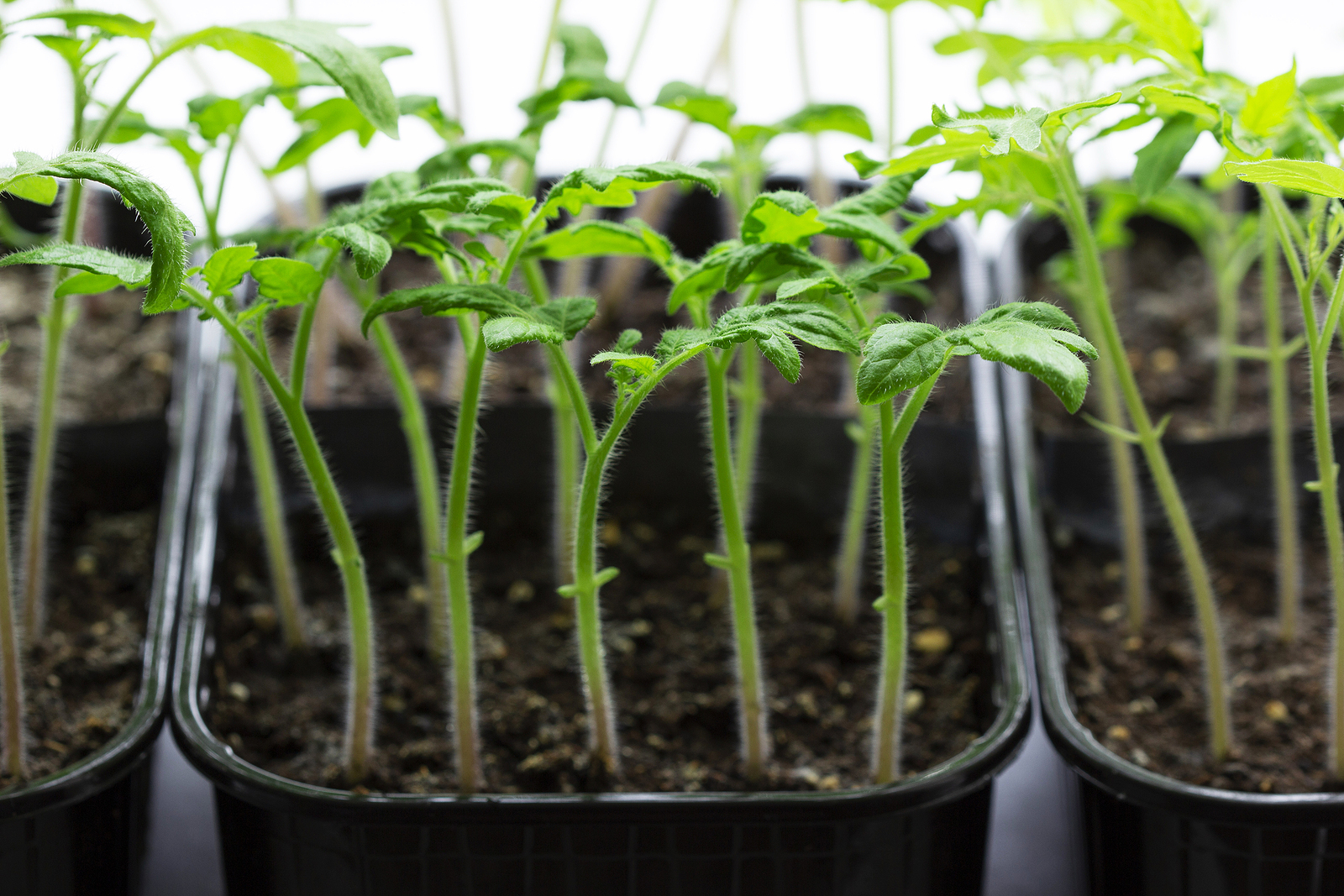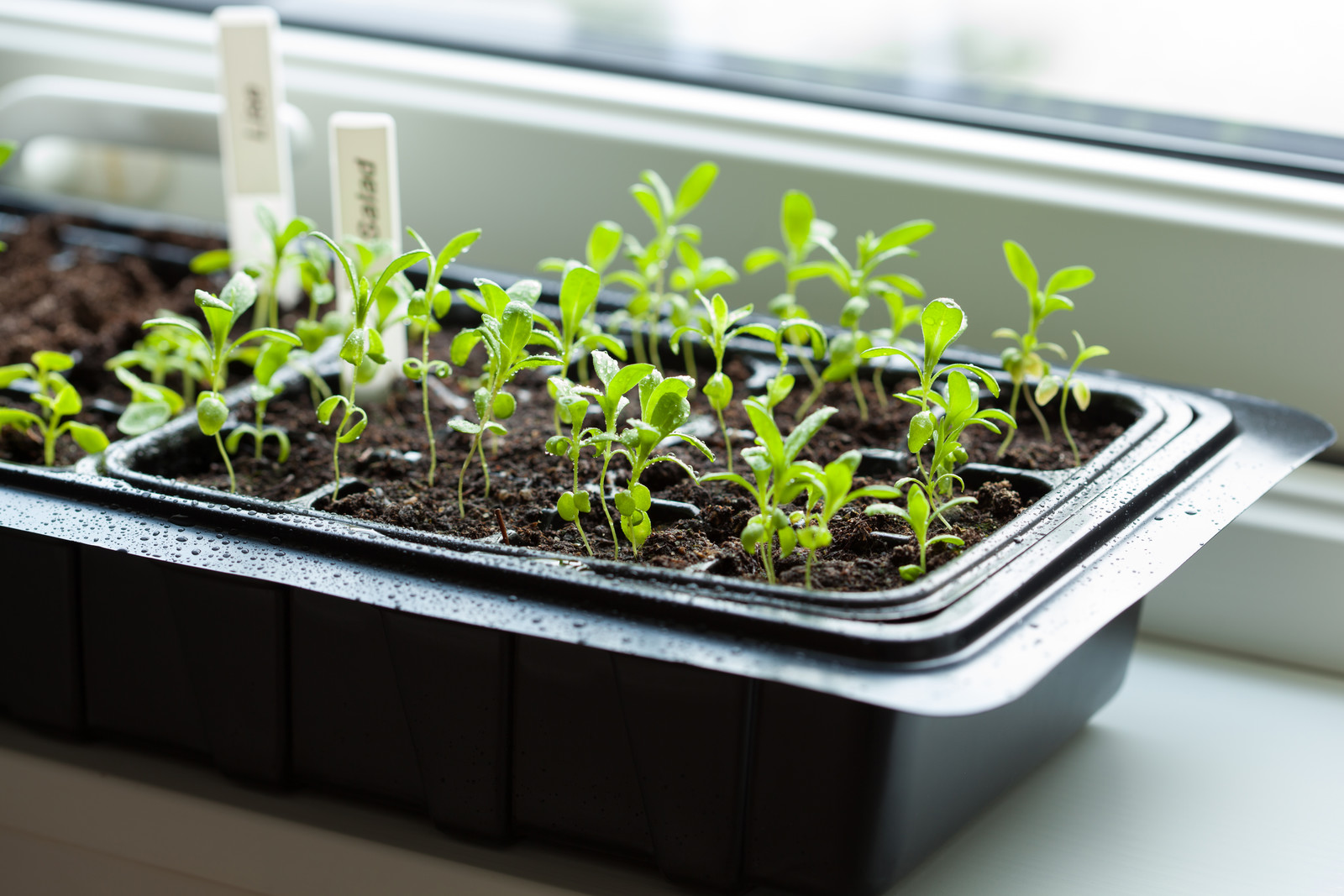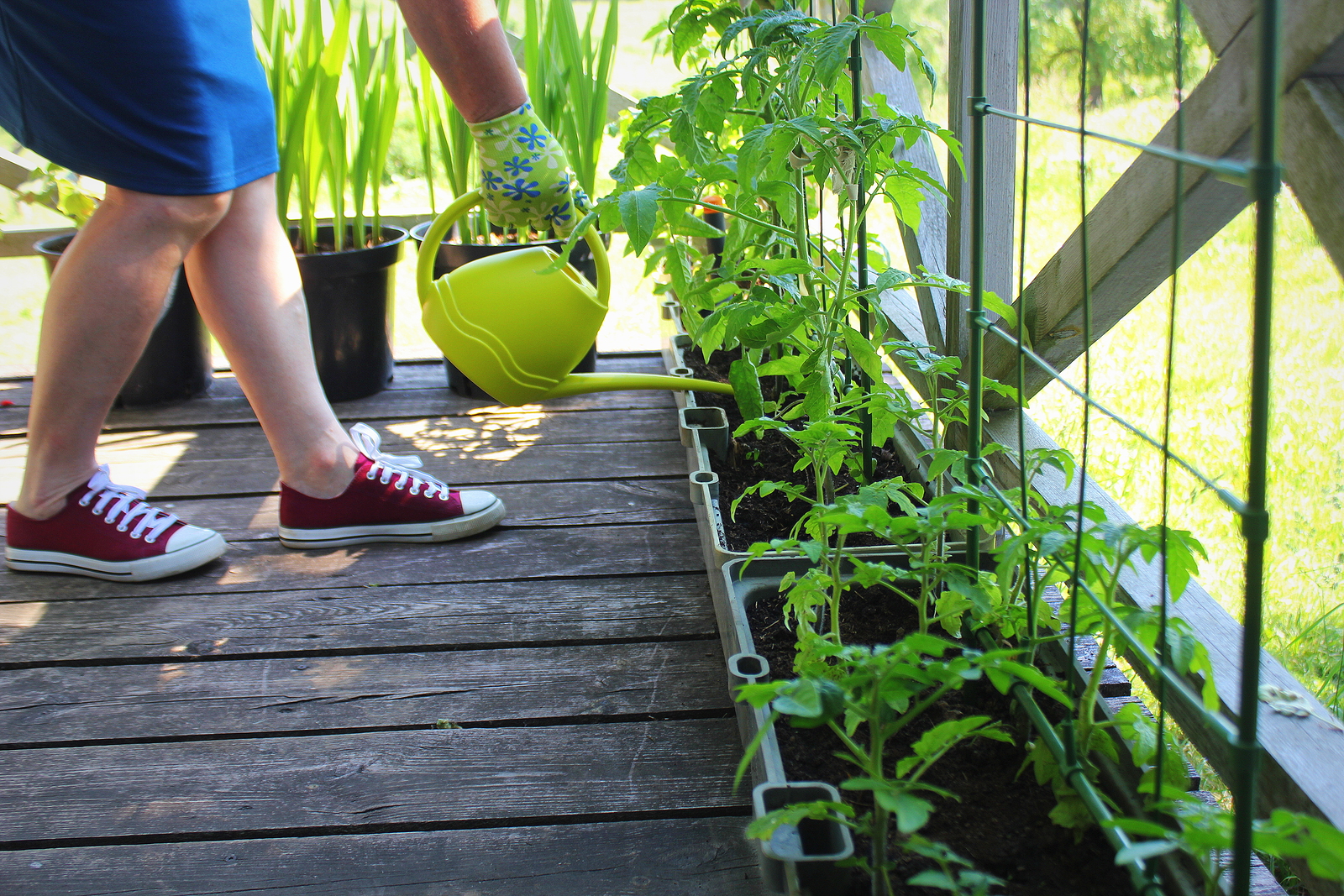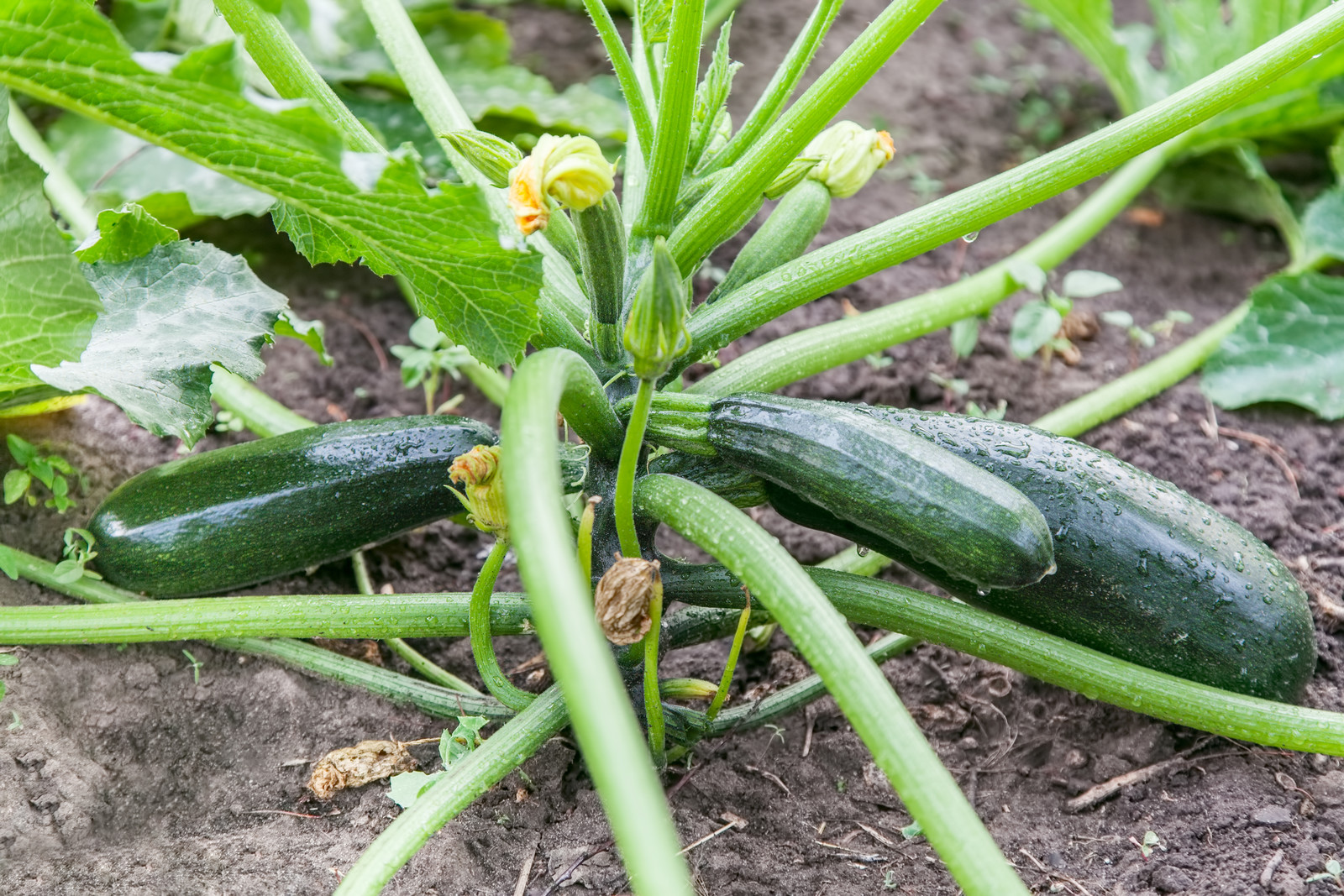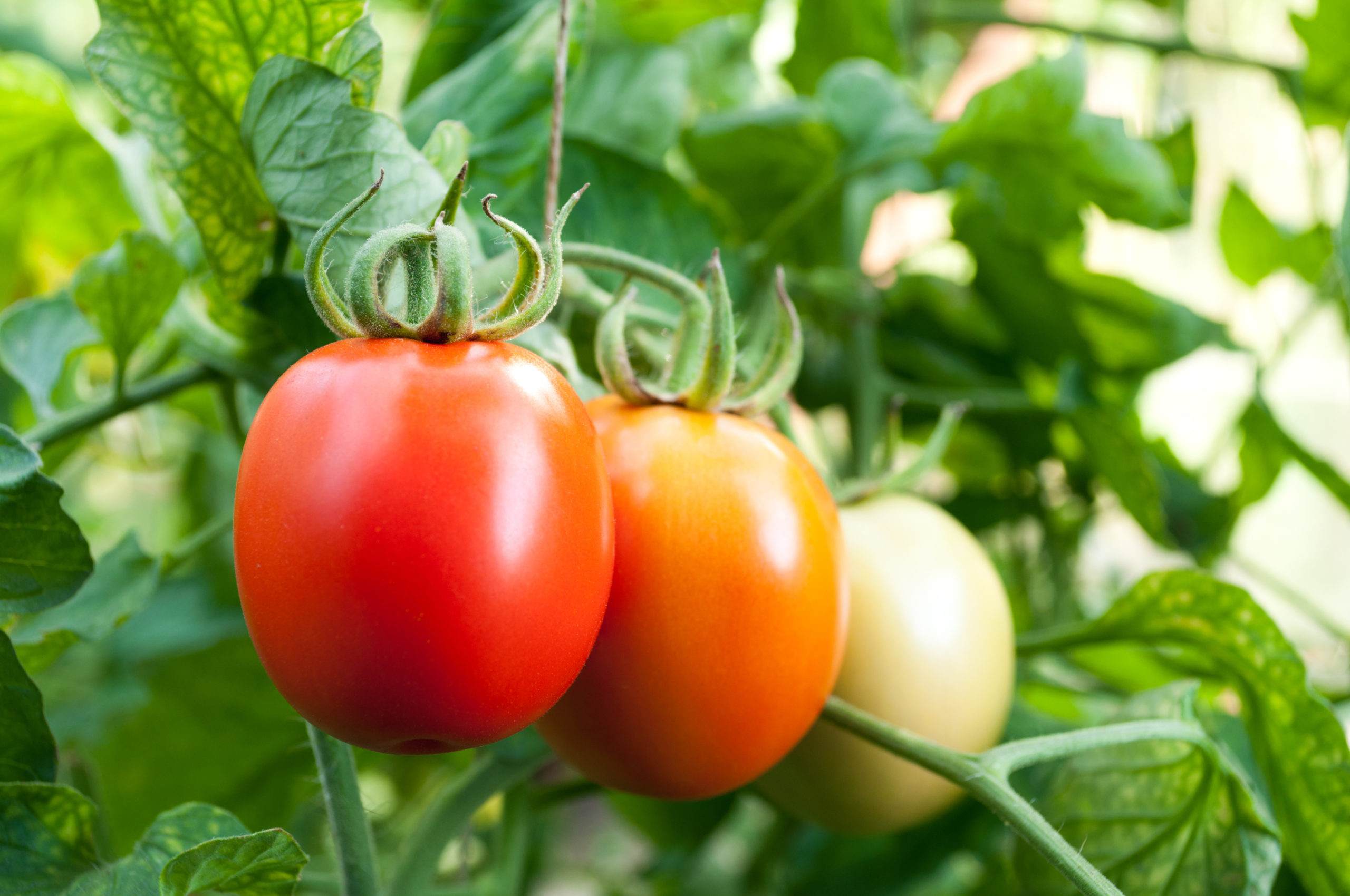Fruit Vegetables
More stories
-
How to Plant and Grow Pumpkins
Pumpkins are a warm-season annual that requires from 90 to 120 frost-free days to reach harvest. Grow pumpkins in the warmest, frost-free part of the year. Sow pumpkin seed or set out transplants about 2 weeks after the last expected frost in spring. Sow or plant a successive crop 4 weeks later. Sow pumpkin seeds […] More
-
Five Ways to Cook Pumpkins
Cooking with pumpkins is one of my favorite fall traditions, and over the years, I’ve learned there’s so much more to it than just pie! Homegrown or farmers’ market pumpkins—especially varieties like ‘Sugar Pie’ or ‘Winter Luxury’—are naturally sweeter and creamier than the giant carving types. After harvesting my own pumpkins each October, I like […] More
-
The Ultimate Guide to Growing Winter Squash
Growing winter squash is one of the most rewarding experiences in the garden. With the right care, you can harvest flavorful, nutrient-rich squash that stores well for months, providing homegrown goodness long after the growing season ends. Over the years, I’ve grown a wide variety—including butternut, acorn, delicata, and kabocha—and I’ve learned firsthand what works […] More
-
How to Grow Okra from Planting to Harvest
After growing okra in my summer garden for more than three decades, I’ve come to appreciate just how rewarding this heat-loving vegetable can be—if you give it the warmth and space it craves. Whether I’m growing a towering row of ‘Clemson Spineless’ in a sunny raised bed or tucking dwarf varieties into containers on the […] More
-
Seven Ways to Cook and Serve Okra
Okra is easily cooked and served. Okra has a rich, sweet earthy flavor. The flavor is similar to eggplant with hints of asparagus and artichoke. The peak okra harvest season is mid to late summer. How to choose okra Kitchen Helpers from Amazon: How to store okra How to prep okra for cooking How to […] More
-
Seven Ways to Cook and Serve Winter Squash
Winter squashes are the most plentiful from early autumn until late winter. Unlike the summer squashes, the winter squashes must be cooked before they are eaten. Add winter squash to soups, stews, couscous, and curries. Use winter squash to make pies, cakes, muffins, cookies, pudding, soufflés, and cream desserts. Choose a winter squash—such as the […] More
-
How to Transplant Tomato Seedlings: A Gardener’s Guide
Transplanting tomato seedlings into the garden is a critical step in ensuring a bountiful harvest. Over the years, I’ve learned that timing, technique, and proper care make all the difference between thriving plants and stunted growth. Here’s my tried-and-true method for getting tomatoes off to the best possible start. When to Transplant Tomatoes The best […] More
-
When to Plant Tomatoes: A Gardener’s Guide to Timing and Success
Over the years, I’ve learned the hard way that patience is key when planting tomatoes. One spring, eager to get a head start, I set my transplants out too early—only to watch them struggle as cold nights stunted their growth. Since then, I’ve fine-tuned my approach, and I’m here to help you avoid the same […] More
-
Mastering Tomato Seed Starting: How to Grow Strong and Healthy Plants Indoors
Growing tomatoes successfully starts with strong seedlings. Having grown tomatoes for decades, I’ve learned that the right planting time, careful seed starting, and strategic potting up make all the difference between weak plants and a bumper crop. In this guide, I’ll share the best practices I’ve relied on to start tomatoes indoors and prepare them […] More
-
Getting Started With Tomatoes: A Gardener’s Guide to Success
Growing tomatoes is one of the most rewarding experiences in the garden. After decades of growing my own tomatoes—experimenting with different varieties, dealing with late frosts, and perfecting my planting schedule—I’ve learned a few key lessons that can help beginners get started with confidence. Getting Started with Tomatoes I’ve started tomatoes from both seeds and […] More
-
How to Grow Summer Squash and Zucchini: A Gardener’s Guide
Few vegetables are as productive and rewarding to grow as summer squash and zucchini. With the right care, these fast-growing plants can provide a steady harvest all season long, often producing more than you can eat! Over the years, I’ve grown multiple varieties, from classic green zucchini to yellow crookneck and pattypan squash, testing different […] More
-
How to Grow Tomatoes: The Ultimate Guide
Tomatoes are one of the most rewarding crops for home gardeners, offering a wide variety of flavors, textures, and colors that can’t be matched by store-bought options. With thousands of varieties to choose from—ranging from sweet cherry tomatoes to meaty beefsteaks—there’s a tomato for every culinary need. Having grown tomatoes for years, I’ve learned that […] More

